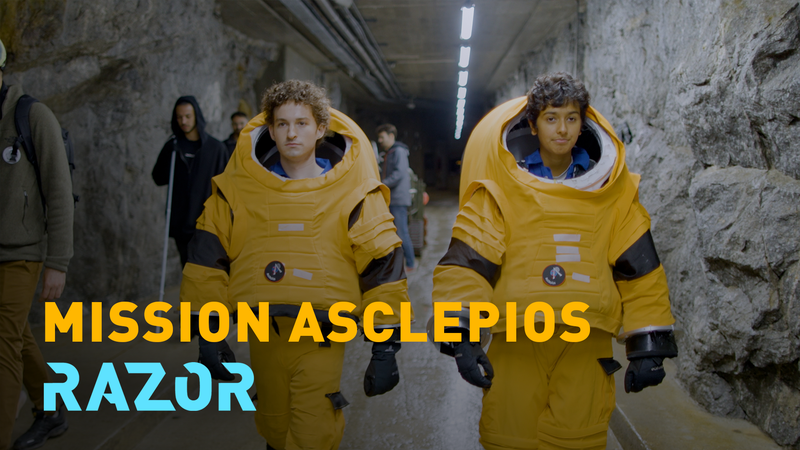Hey space enthusiasts! 🌠 Ever wonder what secrets the icy giant Uranus has been hiding? Well, buckle up, because scientists just unveiled a cosmic twist that's out of this world! 🪐
Back in 1986, NASA's Voyager 2 spacecraft made a quick pit stop at Uranus—well, a five-day flyby, to be exact. 🚀 But guess what? It turns out Voyager 2 caught Uranus at a seriously awkward moment, thanks to a wild solar wind storm! ☀️💨
You see, the solar wind—a stream of charged particles blasting out from the sun—had just squished Uranus's magnetosphere (think of it as the planet's protective bubble) down to just 20% of its usual size! 😮 Talk about bad timing!
Jamie Jasinski from NASA's Jet Propulsion Laboratory spilled the tea: \"Voyager 2 happened to show up right after this mega solar wind event, which only happens about 4% of the time!\" If it had arrived just a week earlier, we might have gotten a totally different picture of Uranus's magnetic field. 🤷♂️
So, what does this mean? Well, the misunderstanding led scientists to think Uranus's magnetosphere was kinda wimpy and low on plasma (that's supercharged gas, if you're wondering). But now, we know that Uranus is more like its fellow giants Jupiter, Saturn, and Neptune than we thought! 🌌
This new discovery also shines a light on Uranus's biggest moons, Titania and Oberon. These moons might just be hiding oceans beneath their icy surfaces! 🌊🌑 And who knows? Maybe they'll be the next hotspots in our search for alien life! 👽✨
With all this newfound knowledge, one thing's clear: we need a return trip to Uranus! Future missions could unlock even more mysteries about this underrated planet. Who's up for an interstellar road trip? 🚀🛸
Stay curious, amigos! The cosmos has more surprises than we can imagine. 🌠💫
Reference(s):
cgtn.com




